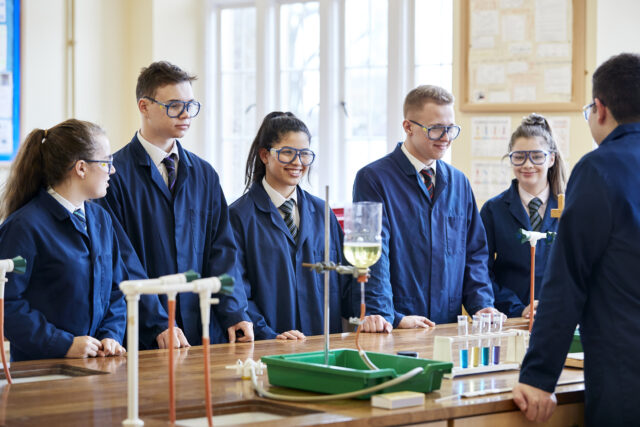Blog
Lies, Damned Lies and Statistics

Dr Simon Hyde
HMC General Secretary
Read the blog
On Friday, no less a body than the Press Association published claims that “private schools in England recorded the biggest increase in top grades this summer.” The basis for the claim was the fact that 60.9% of grades issued to A-level pupils in independent schools were an A* or an A, up 16.6 percentage points on last year’s figure of 44.3%. In state schools the proportion of top grades increased by 12.7 percentage points, up from 23% in 2019 to 35.7% this year.
The better performance of independent school pupils would not normally of course have been the cause of a press association story. It became news because exams had been cancelled and students’ grades had been issued based on Centre Assessment Grades or CAGs, the grades awarded by schools.
Presenting the figures in this way doubtless allowed some to suspect that independent schools had been gaming the system and possibly inflating their students’ grades to a greater degree than their colleagues in state schools. But is this likely? Teachers clearly want the best for their pupils, but they are also professionals and understand that it is not helpful to a student to give them a free pass to a university or profession where they will struggle.
Perhaps a better way to look at the figures released by Ofqual is to consider the actual number of additional A* and A grades in 2020. There were 73,529 A* and A grades more than in 2019. Of these, 14,131 went to independent school students and 59,398 went to those at maintained schools. In other words, 19.3% of the ‘extra’ top grades were ‘independent’ and 80.7% were ‘state’.
On this basis, it was state school students who recorded the biggest increase in top grades this summer. But this could also be as misleading as it does not consider the larger number of state school students taking A levels. So, what happens when we take this into account?
In June 2020, 98,028 A levels were taken by students at independent schools. The number sat by state school students was 462,922. In other words, students at independents accounted for 17.5% of the grades and students at state schools accounted for 82.5%.
So, in proportion to the numbers from each sector taking A levels, the number of ‘extra’ top grades was pretty much identical: marginally higher in independents (19.3% against 17.5% of the entry) and marginally lower in state schools (80.7% against 82.5%).
This makes more sense to me. Teachers’ ambitions for their pupils are not significantly different between sectors. A degree of inflation in the 2020 results was entirely to be expected in a system where no pupil would have a bad day and in which teachers would inevitably give pupils on borderlines the benefit of the doubt. And, who knows, perhaps the marginal difference between independent and state school students might be attributable to a greater proportion of the former on the A/B borderline?
Perhaps it is naïve to expect people to scrutinise statistics more carefully, but they cannot say they have not been warned. Disraeli’s dictum is no less true today than it was when he originally coined it. Unless, of course, he never said it!

